Cancer remains the second leading cause of death behind heart disease, but it's not inevitable and there is good news–cases are dropping. According to the American Cancer Society, "The risk of dying from cancer in the United States has decreased over the past 28 years according to annual statistics reported by the American Cancer Society (ACS). The cancer death rate for men and women combined fell 32% from its peak in 1991 to 2019, the most recent year for which data were available." The ACS adds, "Some of this drop appears to be related to an increase in the percentage of people with lung cancer who are living longer after diagnosis, partly because more people are being diagnosed at an early stage of the disease."
Although cancer cases are declining, the death rate is still alarming. The Centers for Disease Control and Prevention state, "In 2020, there were 602,350 cancer deaths; 284,619 were among females and 317,731 among males. Dr. Tomi Mitchell, a Board-Certified Family Physician with Holistic Wellness Strategies tells us, "In addition to the human cost, cancer also imposes a significant economic burden on society. The direct costs of cancer care are estimated to be over $200 billion per year, and the indirect costs, such as lost productivity, are estimated to be even higher. Despite the high cost of cancer, there has been significant progress made in recent years in terms of early detection and treatment."
Many cases of cancer are beatable today because of advancements in medicine and while there's no surefire way to completely avoid cancer, there are lifestyle choices that help lower the risk. Dr. Mitchell says, "Thanks to advances in medical technology, more people are surviving cancer than ever before. However, there is still much work to be done in terms of prevention and cure. Cancer remains a major public health challenge, and addressing it will require a concerted effort from individuals, government, and the private sector. Many people wonder if there is going to be a cure for cancer. I don't know about a foolproof cure, but I do know that there are things we can do to significantly reduce our risk of developing cancer."
You Can Reduce the Risk of Breast Cancer
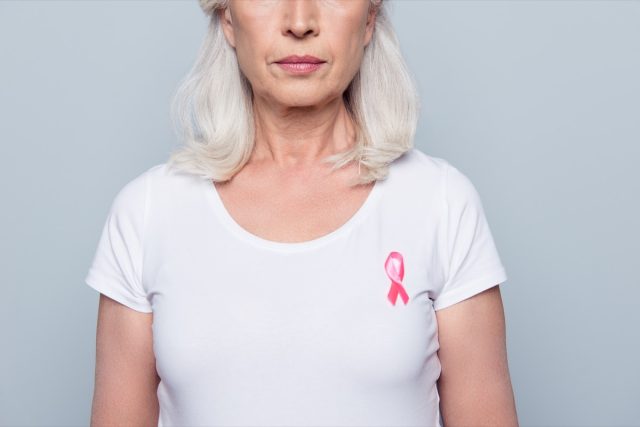
There are modifiable risk factors that help prevent breast cancer and Dr. Melissa Torrey, MD, Director of the Breast Cancer Program Redlands Community says the following lifestyle choices can be modified to reduce the chance of breast cancer.
- "For postmenopausal women, obesity is associated with a higher breast cancer risk, which is ameliorated by weight loss.
- Combined estrogen/progesterone menopausal hormone therapy in women with intact uteri has been clearly shown to increase risk of subsequent estrogen receptor-positive breast cancer.
- Alcohol use and current smoking are associated with a higher risk of breast cancer.
- A low-fat dietary pattern, which includes increase in fruits, vegetables, and grains, may reduce risk of death from breast cancer in postmenopausal women.
- Regular, moderate physical activity may provide modest protection against breast cancer."
In addition, getting annual mammograms helps detect cancer early and increases the chances of survival. Dr. Bayo Curry-Winchell, Urgent Care Medical Director and Physician, Carbon Health and Saint Mary's Hospital says, "The recommended age to start screening for breast cancer varies per society, organization, or governmental health agency. In our country, the United States Preventive Services Task Force recommends screening at the age of 50 versus the American Cancer Society who recommends screening at the age of 40. It's important to note, women should weigh the benefits and risks of screening tests when deciding whether to begin getting mammograms before age 50."
Don't Skip Your Regular Check Ups
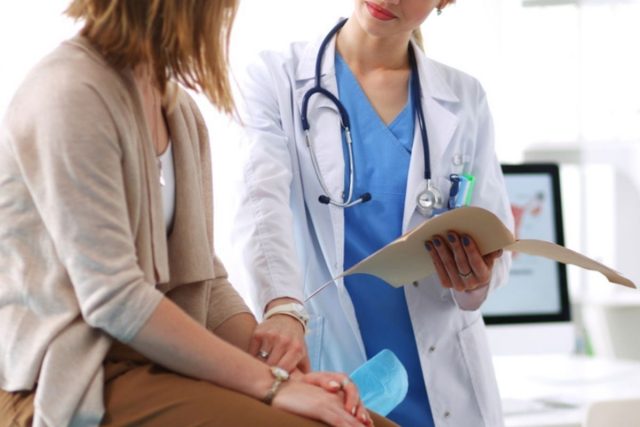
Dr. Albert Arteaga, CEO of LaSalle Medical Associates, Inc reminds people how important consistent visits to your physician are. In a recent press release he said, "Too many people stay away from a doctor's office because they think if they feel okay, they don't need to go in for an annual check-up. By the time they start to feel ill, they end up in the ER, and sometimes it's just too late to save them."
Dr. Arteaga shares how his sister died of breast cancer and revealed, "My sister never opened up to tell either me or her older sister—both of us doctors—that she had a lump on her breast. Later we learned that she kept making excuses about it, 'I bumped myself' or 'It's just a bruise' and she basically ignored it for over six months."
He adds, "According to the CDC, seven out of 10 U.S. deaths are caused by chronic disease. Roughly half of the country's population has been diagnosed with a chronic illness, including heart disease, cancer, diabetes, AIDS, or other conditions classified by the medical community as preventable. Only 25.2 percent, or one in four people, report having a recent routine check-up. Yet, routine cardiovascular exams alone save tens of thousands of adult lives each year, while vaccines save the lives of roughly 42,000 children on an annual basis," the CDC states.
Avoid Smoking
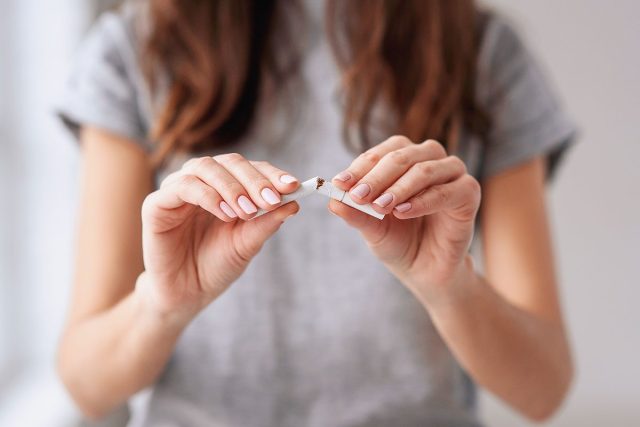
Dr. Mitchell emphasizes, "There are many things people can do to reduce their risk of developing cancer. Perhaps the most important thing is to avoid tobacco products. Smoking is responsible for an estimated 30 percent of all cancer deaths in the United States, and it increases the risk for cancers of the lung, throat, mouth, bladder, kidney, and pancreatic cancer. People who smoke should quit, and those who don't smoke should avoid exposure to secondhand smoke.
Cigarette smoking is the leading cause of preventable death in the United States, accounting for more than 480,000 deaths per year. Cigarette smoking increases the risk of developing cancer by damaging the DNA in cells. The carcinogens in tobacco smoke cause changes in the structure of DNA that make it more likely for cells to divide uncontrollably. These damaged cells can form tumors that grow and spread throughout the body. Cigarette smoking is also a major risk factor for other cancers, including lung, throat, mouth, stomach, liver, and bladder cancer. Quitting smoking is the best way to reduce the risk of developing cancer."
Stay Active

Dr. Mitchell says, "In addition to avoiding tobacco, people can reduce their cancer risk by maintaining a healthy weight, eating a healthy diet, and getting regular exercise. A healthy diet includes plenty of fruits, vegetables, and whole grains and limits red meat and processed meats. Getting regular exercise helps to keep weight under control and also lowers the risk for several types of cancer, including colon cancer and breast cancer. According to the American Cancer Society, staying physically active can help reduce your risk of developing cancer. Regular physical activity helps to maintain a healthy weight, and obesity is a risk factor for several types of cancer.
Exercise also helps to boost the immune system, which can help fight off cancer cells. Furthermore, physical activity helps to reduce inflammation throughout the body, and chronic inflammation has been linked to an increased risk of cancer. Finally, exercise helps to increase the levels of certain hormones in the body, such as insulin-like growth factor-1 (IGF-1), which can help to protect against cancer. So, by staying physically active, you can help reduce your risk of developing cancer."
Limit Exposure To Cancer Causing Agents
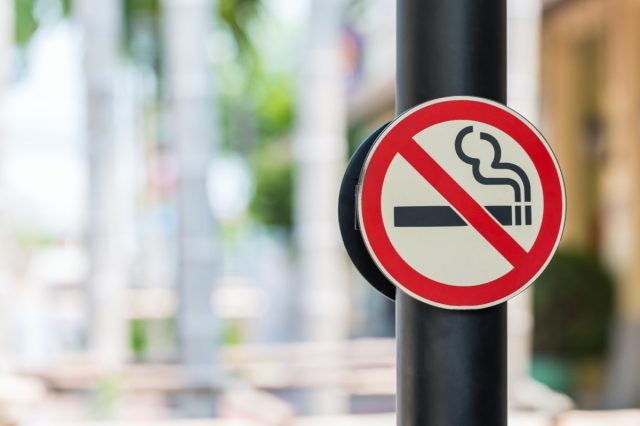
According to Dr. Mitchell, "There are many things in our environment that can increase our risk for developing cancer. Carcinogens are substances that can damage DNA and cause cells to become cancerous. Some carcinogens occur naturally, while others are man-made. Common environmental carcinogens include sunlight, tobacco smoke, asbestos, radon, and air pollution.
Many of these carcinogens are present in our everyday lives, and it can be difficult to avoid exposure to them. However, there are some steps that we can take to reduce our risk of cancer. For example, we can limit our exposure to sunlight by wearing sunscreen and avoiding direct sun exposure. We can also choose to avoid tobacco products and areas where there is secondhand smoke. Additionally, we can have our homes tested for radon and take measures to reduce asbestos exposure. By taking these precautions, we can help to protect ourselves from environmental carcinogens."
Include Antioxidant Rich Foods in Your Diet
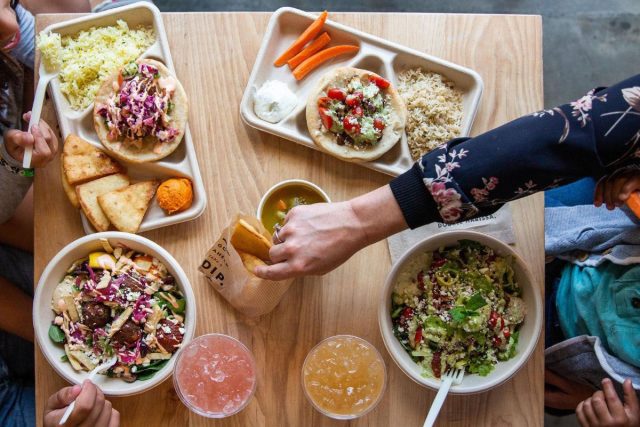
Lisa Richards, a nutritionist and author of the Candida Diet says, "Fruits and vegetables contain natural chemicals known as phytonutrients. These nutrients are naturally occurring in plants to give them protective benefits like repelling insects. Flavonoids are the largest group of phytonutrients, out of thousands, that we can ingest through fruits and vegetables. When we consume foods with phytonutrients we are taking in the protective properties as well.
Many of these chemicals, like flavonoids, work in the body like antioxidants to remove and reverse the effects of free radicals. Free radicals cause cellular damage and when those cells replicate the potential for abnormal cells increases which can lead to the development of cancer. Foods high in beneficial flavonoids include dark beans, nuts, tree fruits like apples and plums, and most other vegetables and fruits."
No comments:
Post a Comment